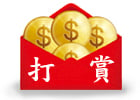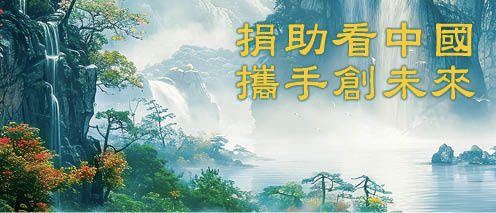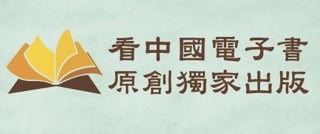每年的公历四月五日前后为清明节,是二十四节气之一。今年的清明节是4月5日。在二十四个节气中,既是节气又是节日的只有清明。清明节是我国传统节日,也是最重要的祭祀节日。
按照旧的习俗,祭祀(扫墓)时,人们要携带酒食果品、纸钱等物品到墓地,将食物供祭在亲人墓前,再将纸钱焚化,为坟墓培上新土,折几枝嫩绿的新枝插在坟上,然后叩头行礼祭拜,最后吃掉酒食回家。
清明节,又叫踏青节,正是春光明媚草木吐绿的时节,也正是人们春游的好时候,所以古人有清明踏青,并开展一系列体育活动的的习俗。直到今天,清明节祭拜祖先,悼念已逝的亲人的习俗仍很盛行。
今天,小编就带大家一起阅读一篇关于清明习俗的英语文章。在阅读的过程中一起学习关于清明节的地道表达。
Celebrated two weeks after the vernal equinox(24节气之一的春分), Tomb Sweeping Day is one of the few traditional Chinese holidays that follows the lunar calendar(lunar calendar,意为农历、阴历)--typically falling on April 4, 5, or 6. Its Chinese name "Qing Ming" literally means "Clear Brightness," hinting at its importance as a celebration of Spring. Similar to the spring festivals of other cultures, Tomb Sweeping Day celebrates the rebirth of nature, while marking the beginning of the planting season and other outdoor activities.
Qing Ming Jie in Ancient Times
古代的清明节
In ancient times, people celebrated Qing Ming Jie with dancing, singing, picnics, and kite flying. Colored boiled eggs(原来古代中国的清明节和西方复活节一样有彩蛋……小编只能感叹历史惊人的相似了……) would be broken to symbolize the opening of life. In the capital, the Emperor would plant trees on the palace grounds to celebrate the renewing nature of spring. In the villages, young men and women would court each other.
The Tomb Sweeping Day as Celebrated Today
庆祝春天的清明
With the passing of time, this celebration of life became a day to the honor past ancestors. Following folk religion(folk religion,民间习俗、信仰), the Chinese believed that the spirits of deceased ancestors looked after the family. Sacrifices of food and spirit money could keep them happy, and the family would prosper through good harvests and more children.
Today, Chinese visit their family graves to tend to any underbrush that has grown. Weeds are pulled, and dirt swept away, and the family will set out offerings of food and spirit money(注意纸钱的官方说法啊:spirit money). Unlike the sacrifices at a family's home altar, the offerings at the tomb usually consist of dry, bland food. One theory is that since any number of ghosts rome around a grave area, the less appealing food will be consumed by the ancestors, and not be plundered by strangers.
Honoring Ancestors
祭祖
Honoring ancestors begins with proper positioning of a gravesite and coffin. Experts in feng shui, or geomancy, determine the quality of land by the surrounding aspects of streams, rivers, trees, hills, and so forth. An area that faces south, with groves of pine trees creates the best flow of cosmic energy required to keep ancestors happy. Unfortunately, nowadays, with China's burgeoning population, public cemeteries have quickly surpplanted private gravesites. Family elders will visit the gravesite at least once a year to tend to the tombs.
While bland food is placed by the tombs on Qing Ming Jie, the Chinese regularly provide scrumptious offerings to their ancestors at altar tables in their homes. The food usually consists of chicken, eggs, or other dishes a deceased ancestor was fond of. Accompanied by rice, the dishes and eating utensils are carefully arranged so as to bring good luck. Sometimes, a family will put burning incense with the offering so as to expedite the transfer of nutritious elements to the ancestors. In some parts of China, the food is then eaten by the entire family.
Kites
风筝
Besides the traditions of honoring the dead, people also often fly kits on Tomb Sweeping Day. Kites can come in all kinds of shapes, sizes, and colors. Designs could include frogs, dragonflies, butterflies, crabs, bats, and storks.
- 关键字搜索:
- 清明
看完这篇文章觉得


























排序